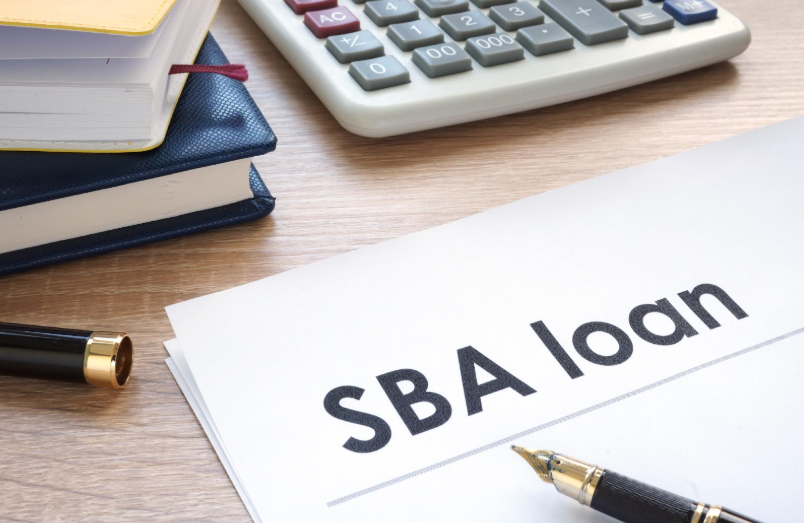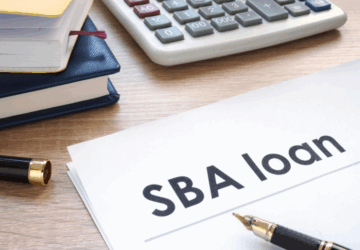SBA Loan Payment Survival Guide: Avoiding Pitfalls and Late FeesBy offering financial assistance to entrepreneurs in the form of cash flow, expansion, or investment in growth opportunities, SBA loans serve as a vital means. However, to keep one’s credit knowledge clean, avoid penalties, and provide a layer of financial stability, the onus of SBA loan payment is a burden that is owed. The consequences of missed payments or not understanding repayment terms can rack up punitive expenses, such as late fees, depletion of cash, or, in the worst case, closure of the business.
In this guide, we’ll discuss the SBA loan payment survival guide: avoiding pitfalls and late fees.
Understanding Your SBA Loan Payment Structure
Each SBA loan has its specific repayment terms depending on the loan type, interest rate, and repayment period. Whether you’re dealing with an SBA 7(a) loan, a 504 loan, or microloans, determining your payment schedule is one step in ensuring you stay on course.
Fixed and Variable Rates: Some SBA loans carry fixed interest rates, whereby your SBA loan payments remain unchanged, while others are variable, meaning the interest owed depends on the state of the market.
Monthly Payment Paradigm: Most SBA loans are serviced on a monthly payment basis, to the point that missing even one payment can result in penalties or increased interest accumulation.
Down Payment Requirement: When wondering how much down payment you are supposed to provide for an SBA loan, a typical down payment can range from 10% to 30% of the loan amount, based on many lenders’ assessments of business risk.
Common Pitfalls to Avoid in SBA Loan Repayments
Even responsible borrowers can still meet with pitfalls during repayment of their SBA loans. Here are some common pitfalls to avoid:
Missing Payment Deadlines
Late payments will incur around-the-clock, costly fees, and your business credit score will be tarnished in the process. Be sure to know the due dates and set up reminders to avoid an SBA loan payment slip-up.
Not Understanding Loan Terms
A considerable number of borrowers sign loan agreements without having a complete comprehension of repayment terms, interest rates, and penalty clauses. Read all the documentation and ask your lenders if you don’t understand anything.
Underestimating Cash Flow Challenges
Sales can tumble for 10 days, and that will be the end of the world for SBA loan payment obligations. The upkeep of three months’ emergency expenses should be a must for these businesses under consideration, as a smooth cash flow is key to ensure better loan repayment.
Ignoring Refinancing Opportunities
If things change for you, refinancing gives you a less expensive option of lowering your SBA monthly payment through a decrease in interest and longer repayment terms.
Strategies to Ensure Timely SBA Loan Payments
These are some of the strategies for timely loan payments:
Automate Your Payments
Automatic bank transfers are activated for your SBA loan payment, guaranteeing that you will never miss a due date for it. Many lenders also provide discounts for automated payments.
Create a Dedicated Loan Repayment Fund
Open a business account just for your SBA loan payment. This ensures that you don’t touch this money and that it will be there when you need it.
Negotiate Flexible Payment Terms
If your cash flow is strained, talk to your lender about alternatives. Some SBA-backed loans include deferment or interest-only payment periods when the borrower is facing hardship.
Keep Track of Your Cash Flow Regularly
Knowing your cash inflows and outflows generally helps with future planning and setting aside funds for SBA loan payments.
What to Do If You Cannot Pay the SBA Loan?
Sometimes, financial distress can make it challenging to comply with the payment schedule for an SBA loan. Here are some points to consider:
Contact Lender Immediately
Most lenders are inclined to consider applications from borrowers experiencing temporary difficulties. Loan modifications, extended repayment terms, or deferments may be considered.
Consider Refinancing or Consolidating Loans
Refinancing could reduce the SBA loan payment if the interest rate is excessive. Another alternative could be consolidating multiple loans into one loan for more manageable repayment.
Think About Deferment or Forbearance
An SBA loan may allow for deferment for a short time, giving relief from payments without going into default.
Look at Options for Other Funding
When cash flow is tight, think about short-term funding, business grants, or credit lines to meet urgent SBA loan payment needs.
Down Payment Requirements for SBA Loans
Many entrepreneurs ask, “What is the minimum down payment for an SBA loan?” The answer will vary depending on the type of loan.
For SBA 7(a) loans: A down payment of 10-20% is typically required.
For SBA 504 loans: the down payment usually ranges between 10% and 30%.
For SBA microloans: No down payment will typically be required, although the interest rates could be higher.
Conclusion: The Need to Stay Strong on Your SBA Loan Payments
Actively managing your SBA loan payment is critical to your financial health and the growth of your business. Understanding the terms of your loan, avoiding common pitfalls, and creating an intelligent repayment plan are all things that can help ensure the survival of your business without financial strain.








